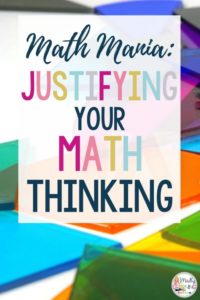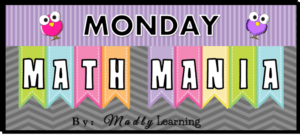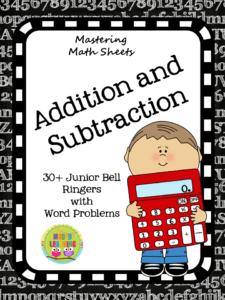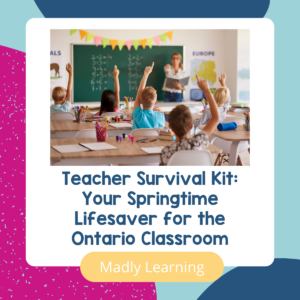

Justifying Your Math Thinking
“Pictures Numbers and Words”
- What does it mean to Justify Your Thinking – I gave students a word problem. Not an easy one but a problem where they would have to do some thinking. “It was a foggy day on Mr. Brown’s Farm. He wanted to know how many animals were in the field but could only see the animals’ legs. He counted 48 legs. How many cows and chickens were in the field justify your thinking” This problem has an open-ended question with a variety of answers. I gave students the question and had them work in pairs to solve this problem.
- When they were done and had developed their answers we quickly talked about how they solved this question. I tried to choose students to share that used a variety of strategies and had a variety of answers.
- First I asked students to identify for me what steps they took to understand and solve the word problem. We made this chart. (well this is the pretty version, the initial one was very messy)

We practiced solving word problems following this guide for a few days and reflected on this strategy to solve problems.
- Next, we needed to begin to explain to others what they were doing to get their answers. We talked about what it meant to justify your answers. We brainstormed what this phrase meant and what teachers were looking for when we asked students to do this and why. We made the first chart to describe what it was they needed to do to justify their answers. We worked again on this for a few days. We looked for examples of students doing this well we talked about their phrases and compared them to the chart. Once the majority of students were able to do this we finalized our chart and made a good version for the wall.
Eventually, we needed to add to the chart to include that their description of the steps that they use should use words from the question instead of numbers. Too many students were describing their steps as “First I added 4+4+4 and got 12 then added 2+2+2+2 to get 8, then added them together to get 20 then doubled it” We talked about that this sentence was out of context and did not relate to how you solved the question. A better response would have been “First I added together the legs of three cows to get 12 then the legs of 4 chickens to get 8. I added chicken and cows together to get 20 legs. Then I doubled the number of cows and chickens to get 40 legs. If I added 4 more chickens I would reach 48 legs. Therefore Farmer Brown could have 6 cows, and 12 chickens.
I noticed a great difference in the way my students were justifying their responses. Because they had to explain their steps in a way that related to the question I found that their understanding of the question and the process of how to solve it improved. Soon simple questions really were simple and the knowledge that they learned from one question was easily transferred to other questions. Even harder questions that involved multiple steps appeared less intimidating to these students.
If you are looking for ways for students to practice their problem solving and basic knowledge why not use my Mastering Math Sheets. I use these every day at the start of my math class. They serve as the getting started a portion of my three-part lesson plan. As well, the word problem component of these sheets can be used as the working on it section of a three-part lesson plan.










